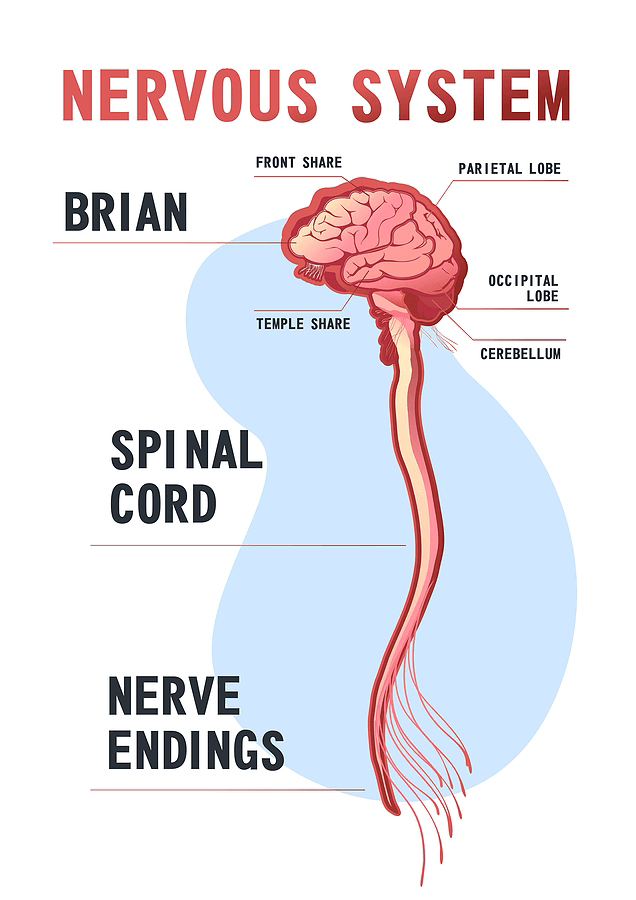According to government data, prescription opioids are responsible for more than 200,000 American deaths over the past 20 years. There are dozens of prescription painkillers on the market, but one stands out as particularly deadly: oxycodone. Addiction medicine experts say that oxycodone is the most addicting prescription opioid. Let’s uncover what makes oxycodone so highly addictive and how to get treatment for prescription painkiller abuse.
History of Oxycodone Use
German scientists first created oxycodone in 1916, but it did not become widely used until decades later. Oxycodone is a synthetic opioid, meaning it is made in a laboratory rather than from a natural source such as poppies. In the United States, Purdue Pharma got FDA approval to sell a sustained-release version of oxycodone in 1995. Called Oxycontin, the prescription painkiller hit the U.S. market in 1996. Sales soared from $48 million in 1996 to nearly $1.1 billion in 2000. This corresponded with an aggressive marketing campaign by Purdue Pharma, which minimized the potential dangers of Oxycontin use.
In years between oxycodone’s discovery in 1916 and its commercial debut in the U.S. in 1995, scientists learned a lot about its properties. Decades before Oxycontin was introduced, pain medicine doctors knew that oxycodone could be highly addictive. For example, in 1976, a pain medicine doctor named John Bonica, MD, said, “We find the risk of addiction [to oxycodone] greater than that attributed to morphine.” Sadly, these warnings were ignored as millions of doses of oxycodone were given to Americans to treat chronic pain. Told by doctors that the drug was fine for long-term use with minimal side effects, patients were shocked to find themselves addicted to pain relievers.
What Makes Oxycodone Highly Addictive?

For over 25 years, people from all over the world have chosen Waismann Method as their opioid detox provider.
We know the challenges you face and the importance of creating a unique and personal experience for you right from the start.Call for Detox Options 1-800-423-2482
All opioids enter the bloodstream and travel throughout the body, including crossing into the brain. Normally, when you hurt yourself, a pain signal travels from the affected body part into the brain. When opioids bind to receptors in your body, they block that pain signal from traveling. This effectively prevents your brain from feeling pain.
In addition to blocking pain, opioids act directly on the central nervous system (brain and spinal cord). They cross into the brain and bind to a type of opioid receptor called mu receptors.
These receptors are highly concentrated in the nucleus accumbens, a brain region associated with reward. In response to opioids binding there, the nucleus accumbens releases a flood of a brain chemical called dopamine. Dopamine is a “feel good” chemical that is released when we do things that feel good, such as eating good food, having sex, or exercising. That flood of dopamine is the brain’s way of saying, “I liked that! Do it again.”
All opioids bind to mu-opioid receptors and trigger that dopamine release. Oxycodone stands out as more highly addictive for a few reasons:
- It crosses into the brain much more rapidly than other prescription painkillers like Vicodin. It is actually similar in speed to heroin, which is notorious for reaching the brain quickly.
- Oxycodone elicits higher mu receptor activity than other opioids. This means that it is more likely to cause that dopamine surge that tells the brain to use more, more, more.
- Oxycodone also has higher activation of other opioid receptors called kappa receptors.
Kappa receptors cause some of the unpleasant side effects of opioid withdrawal, such as nausea, vomiting, diarrhea, chills, and muscle aches. That means that once a person starts taking oxycodone, it is very hard to stop.
Who Is At Risk for Becoming Addicted to Oxycodone?
The opioid epidemic has touched the lives of millions of people in the United States. This leads many to wonder, “could it happen to me?” The answer is that yes, opioid addiction happens to men and women of all ages, racial and ethnic backgrounds, and socioeconomic situations. But not everyone who is prescribed oxycodone will become addicted to it.
One of the reasons that oxycodone is the most addicting prescription opioid is that doctors widely prescribe it. Doctors like to prescribe oxycodone because it has excellent painkilling effects and relatively few side effects. If you’re concerned about oxycodone addiction, one option is to ask your doctor for a non-opioid pain management solution. Other types of medications, physical therapy, acupuncture, and biofeedback are good pain management solutions.
Oxycodone is also more likely to be addictive for certain groups of people. For example, everyone has enzymes called cytochrome P450s that live in their cells. Cytochrome P450 is responsible for breaking down drugs like opioids. However, there are different types of P450 enzymes. Some people have swift versions that clear opioid drugs from the body quickly, while others have slower versions. Your genes determine what type of enzymes you have, and that can affect your vulnerability to addiction. Researchers have identified certain people who are particularly likely to become addicted to oxycodone because of how these enzymes break it down.
Treatment Options for Oxycodone Addiction
The good news for people addicted to oxycodone is that there are effective treatments. Opioid withdrawal can be unpleasant and even dangerous. That is why experts recommend that you avoid quitting oxycodone “cold turkey.” Many people who try to do this return to using prescription painkillers because of the difficult withdrawal symptoms. Medical detox protocols allow you to undergo withdrawal in a safe,
supportive medical environment. This gives your body the chance to “reset” and return to an opioid-free state.
Once you complete detox, you are ready to address the root causes of addiction. In addition to a biological predisposition to substance abuse, emotional and psychological factors often play a role in addiction. Untreated depression, anxiety, trauma, and other mental health problems cause some people to abuse drugs like oxycodone to numb their pain. That is why it is important to receive aftercare to guide you through the early stages of recovery from oxycodone addiction.
Conclusion
Oxycodone dependence is a treatable medical condition. The condition is also known as opioid use disorder (OUD), and it affects most parts of the body and brain. Anyone can become addicted to oxycodone, even if a doctor is prescribing the drug. Millions of Americans currently suffer from some level of opioid addiction.
Effective treatment can help people get their lives back and reverse oxycodone’s powerful effects on the body, brain, and possibly harmful behavior. Treatment is successful when people can return to function productively in their family, workplace, and community. While there is no single treatment method that is right for everyone, a full recovery is possible, and several treatment options are available.
Opioid addiction treatment may include medical detoxification, medications to prevent physical cravings, and behavioral therapy. Having the right support from family, friends, co-workers, and others can make a tremendous difference in people seeking help and the overall recovery process.
Sources:
- NCBI: The Promotion and Marketing of OxyContin: Commercial Triumph, Public Health Tragedy
- MedPage Today: Op-Ed: Oxycodone Is the Most Addicting Prescription Opioid
- Neuropsychopharmacology: Distinct Mu, Delta, and Kappa Opioid Receptor Mechanisms Underlie Low Sociability and Depressive-Like Behaviors During Heroin Abstinence
- Medium: Oxycontin Addiction: Signs You or Your Loved One May Have a Problem
- Oxford Academic: Opioid Metabolism and Effects of Cytochrome P450
Written by Aurora Harklute
Aurora is a neuropsychologist and freelance writer with more than ten years of experience with a bachelor’s degree in human physiology, a master’s degree in cognitive psychology, and a Ph.D. in clinical psychology. Aurora writes for a variety of industries within the substance abuse and medical fields. She also specializes in the impact of substance use on mood and cognition.
Reviewed by Clare Waismann, Registered Addiction Specialist (RAS), Substance Use Disorder Certified Counselor (SUDCC), founder of Waismann Method® Advanced Treatment for Opiate Dependence and Domus Retreat®. Clare Waismann is an authority and expert on opioid dependence, opioid use disorder, substance dependence, detoxification treatments, detox recovery, and other topics covered on RapidDetox.com.







